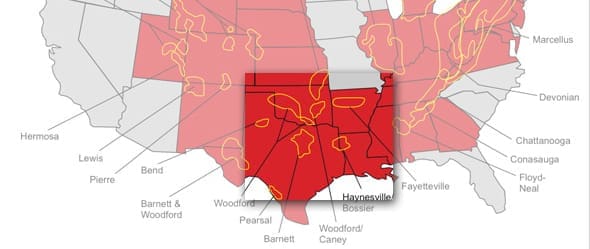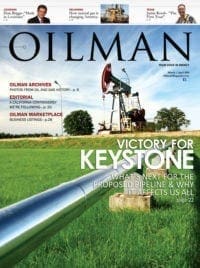Floyd Wilson, the wildcatter who helped discover the fastest-growing U.S. oil field, says a prospect called the Tuscaloosa Marine Shale is among the last great fields that may emerge in the U.S. energy renaissance.
The chairman and chief executive officer of Houston-based Halcon Resources Corp. (HK:US) said in an interview yesterday that his company in the last six months has acquired 250,000 acres in the field that spans from Texas to Mississippi. The company expects wells there to produce between 500,000 to 1 million barrels of oil each.
Wilson’s previous company, Petrohawk Energy Corp., helped discover and develop Texas’s Eagle Ford formation, where oil output rose to 1.2 million barrels a day last year from about 50,000 in 2007, according to data compiled by Bloomberg. In 2011, BHP Billiton Ltd. (BHP) bought Petrohawk for $15 billion.
The Tuscaloosa prospect is “maybe one of the last remaining large footprint oil shale plays in the U.S.,” Wilson said in an interview at the Howard Weil Energy Conference in New Orleans. “It’s an important oil resource play. The puzzle is how to get it out economically.”
Halcon shares (HK:US) have fallen almost 50 percent in the past year after surging to a high of $12.76 in February of 2012 just months after Wilson took over.
The company began drilling its first well less than two weeks ago in the field, where there may be as many as 2 million acres of drilling opportunities, Wilson said. The decision about whether to seek a partner in a potential joint venture will depend on how much risk the company sees in developing the field, he said.
Recent well results have made the Tuscaloosa’s prospects look better, he said. The lower the risk, the less likely Halcon will take on a partner, Wilson said.





